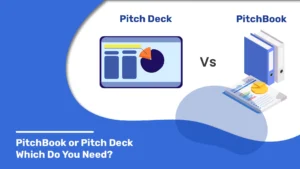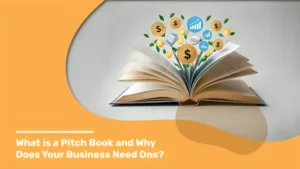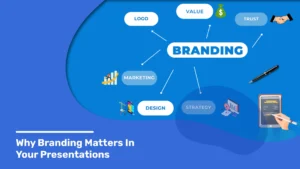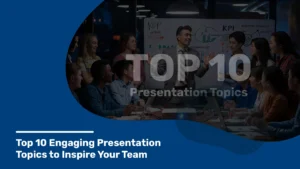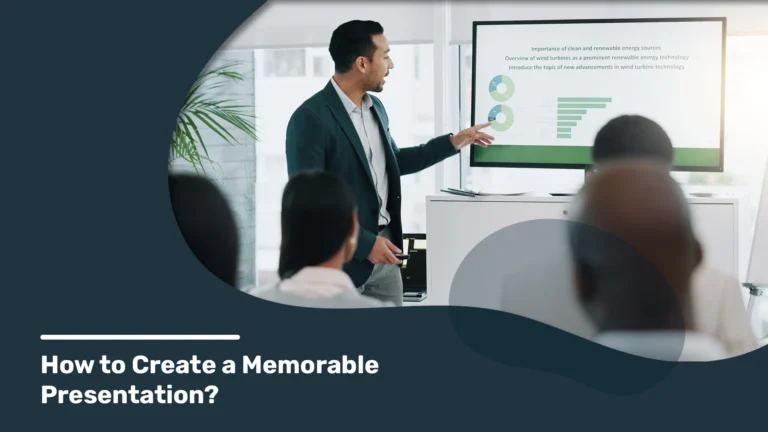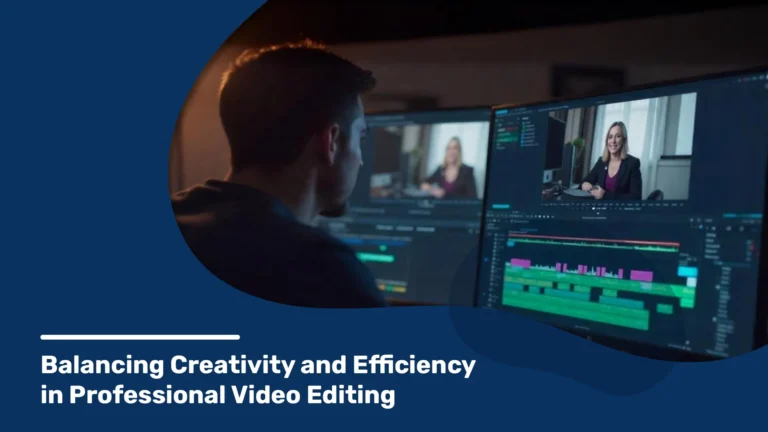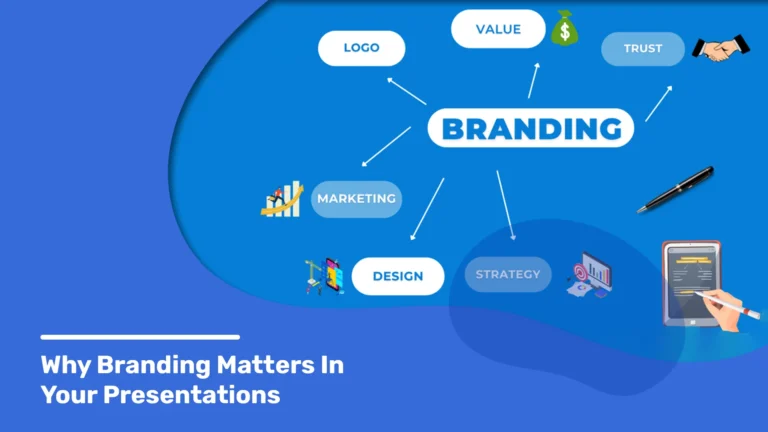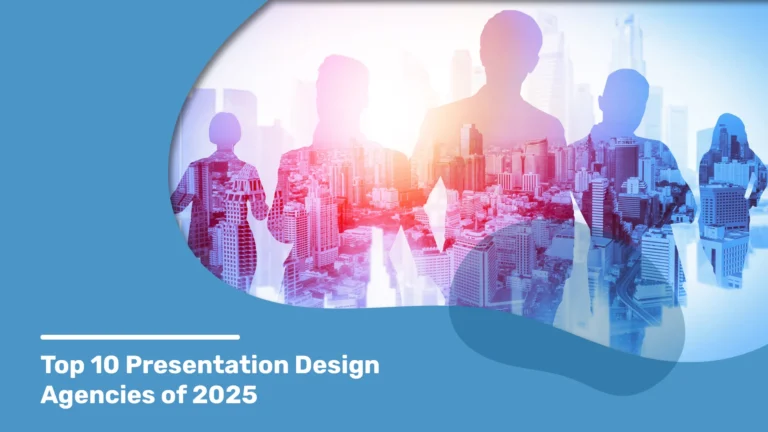Success, whether in business or personal endeavors, hinges on effective communication. Yet, mastering this skill eludes many, hindering their progress. These tips aim to equip you with the art of effective communication across various contexts, especially in the realm of business presentations.
A stellar presentation possesses the potential to turn concepts into triumphant realities. Many accomplished professionals attribute their success to their prowess in delivering impactful presentations.
Furthermore, we’ll delve into the significance of exuding confidence and finesse in communication.
Whether you’re a seasoned business leader, an aspiring student, or someone keen on refining your communication abilities, this guide is tailored just for you.
Seven Successful Business Presentation Tips
A business presentation has many rules to impress your audience, according to these seven tips. Before presenting your presentation, take a deep look at your preparation with these seven business presentation tips. If your presentation clears these hurdles, then your presentation will speak more than you expect from your followers. Follow these tips in your presentation.
Additionally, for those aiming to sidestep these common mistakes, an alternative awaits: sign up and access free PowerPoint templates available online.
Understanding Your Audience
Before you start creating your presentation, it’s essential to understand your audience and their needs.
Research and analyze your audience’s demographics, goals, and interests. Tailor your presentation to their specific requirements.
For instance, when presenting to executives, use a formal and professional tone. However, when addressing creative professionals, adopt a more conversational tone and incorporate humor into your presentation.
Identify your audience’s expectations and key takeaways by conducting surveys or engaging in pre-presentation discussions.
By understanding their expectations, you can customize your content and structure to meet their needs.
Remember, your audience’s attention span is limited, so ensure your presentation is engaging and relevant to their interests.
Structuring Your Presentation
Once you have a grasp of your audience, it’s time to structure your presentation effectively.
A well-structured presentation should deliver a clear and concise message that is easy to follow.
Begin with an attention-grabbing introduction that provides an overview of your presentation’s content. Use hooks, questions, or stories to engage your audience and set the tone.
The body of your presentation should include the main points and supporting evidence. Utilize clear and concise language to explain your ideas, supplementing them with relevant examples.
In the conclusion, summarize the main points and provide an impression. Consider employing a call to action or a memorable quote to inspire your audience to take action.
Using Visual Aids Effectively
Visual aids can be powerful tools to engage your audience and illustrate your points.
However, using too many irrelevant visuals can distract from your message as poor-quality visuals can negatively impact your presentation’s credibility. So choosing the correct visual aid will convey your message clearly. It supports your message and enhances your presentation’s impact.
Select the appropriate type of visual aid, such as charts, graphs, images, videos, or infographics, that is easy to understand and relevant to your audience’s interests.
Ensure your visuals are professional and high-quality. Use visuals strategically to support your message, break up content, and make your presentation more engaging.
Practice using your visuals beforehand to ensure they work correctly and are easily comprehensible.
Engaging Your Audience Through Storytelling
Storytelling is a powerful technique that can captivate your audience and make your presentation more memorable.
Incorporating a relevant story into your presentation can effectively engage your audience and make your message more relatable.
Identify a story that aligns with your presentation’s content, such as personal anecdotes, case studies, or historical events.
Employ a storytelling structure that includes a beginning, middle, and end. The beginning should grab your audience’s attention, while the middle should present the main points and supporting evidence. The end should provide a conclusion and leave a lasting impression.
Utilize storytelling techniques such as humor, suspense, or emotion to make your story more relatable and memorable.
Practice your storytelling skills to ensure your story is easy to follow and engaging.
Delivering Your Presentation Confidently
Confidently delivering your presentation is crucial for engaging your audience. Confidence stems from thorough preparation and practice.
Prepare your presentation’s content and structure, knowing it inside and out so that you can address any audience questions confidently. Practice your delivery in front of a mirror or with a friend to receive feedback on your body language, tone, and pace.
Familiarize yourself with your visual aids and resolve any potential technical issues beforehand.
Use confident and assertive body language and tone during your presentation to grab your audience’s attention and make it more engaging.
Handling Q&A Like a Pro

Handling the question and answer (Q&A) session proficiently is vital for maintaining your presentation’s credibility.
Anticipate the questions your audience may have and prepare answers in advance. Actively listen to their questions and respond confidently and honestly, using clear and concise language. Support your answers with examples to illustrate your points effectively. Be prepared to address challenging questions or objections that may arise during the Q&A session.
Utilize the Q&A opportunity to engage your audience further, reinforce your message, and provide additional relevant information.
Common Mistakes to Avoid During Business Presentations
Even experienced presenters can make mistakes during their presentations. It’s crucial to avoid common pitfalls to keep your audience engaged.g
Some of these mistakes include reading from a script, using jargon or technical terms that confuse your audience, overusing visual aids, speaking too fast or too slow, and ignoring your audience’s feedback.
By avoiding these common mistakes, you can ensure that your presentation remains engaging and impactful.
Start preparing your next presentation by incorporating, and witnessing the remarkable impact on your audience.
Creating a successful business presentation requires careful consideration of your audience, effective structuring, skillful use of visual aids, engaging storytelling, confident delivery, adaptable handling of the Q&A session, and avoiding common mistakes.
Conclusion
By following these tips, improve your communication skills and you can elevate your presentation skills and achieve success in your business endeavors. Remember, a well-crafted presentation can be a powerful resource to engage your audience and leave a lasting impression. Keep following us for more information about presentation-related blogs to elevate your skills.





